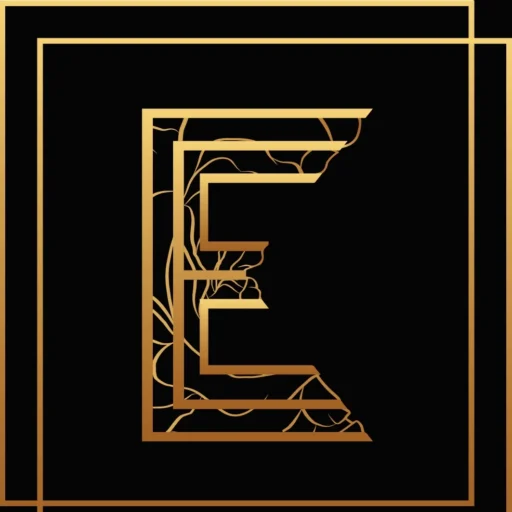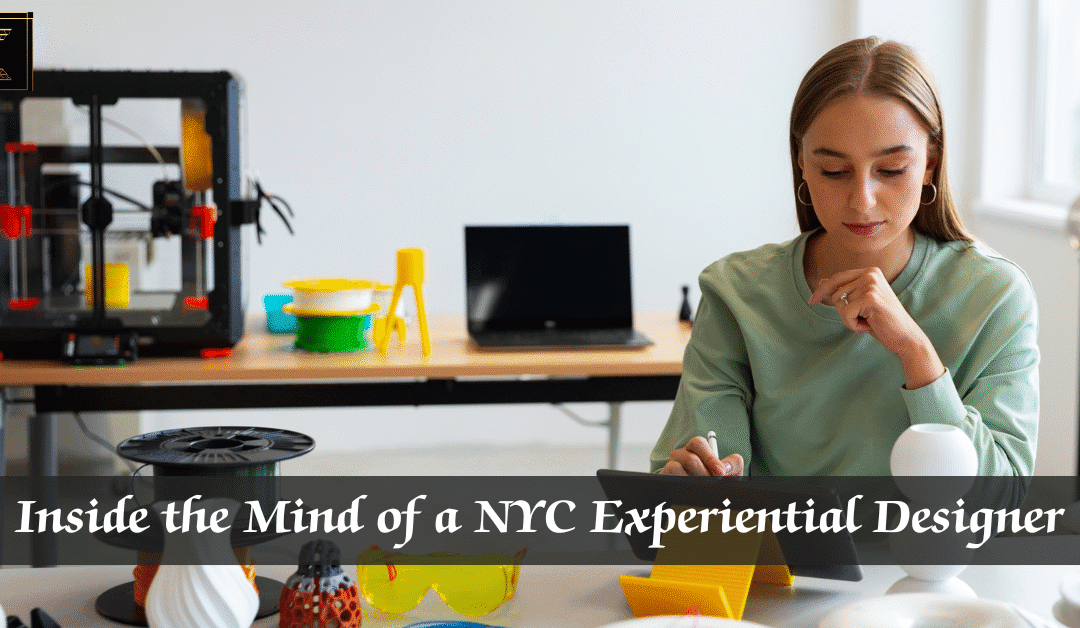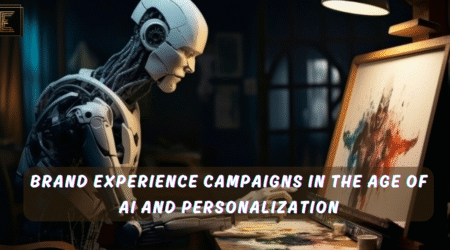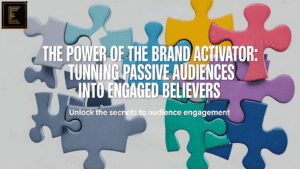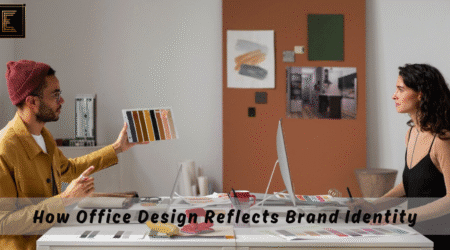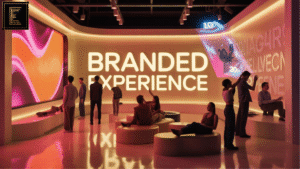Experiential design is no longer just a buzzword—it’s the secret behind some of the most powerful brand experiences today. And nowhere is this design approach more alive than in the city that never sleeps. From interactive pop-ups to immersive installations, a NYC experiential designer is always on the cutting edge, crafting moments that audiences remember.
In this blog, we’ll explore how experiential design agencies in New York operate, what the creative process in experiential design really looks like, and how the top experiential design studios in New York bring ideas to life from concept to execution.
Who Is a NYC Experiential Designer?
A NYC experiential designer blends creativity, psychology, spatial design, and technology to build environments that connect brands with people on a deeper level. Unlike traditional designers, they focus on creating emotional impact and real-world engagement.
What Makes NYC Experiential Designers Stand Out?
- Work under tight deadlines and high expectations
- Constantly innovate due to competition and trend saturation
- Use New York’s diverse culture and fast-paced lifestyle as inspiration
- Collaborate with cross-disciplinary teams across art, architecture, and tech
What Does an Experiential Design Studio in New York Do?
A top experiential design studio in New York is more than just a team of creatives—it’s a full-service hub that manages everything from concept to production.
Services Offered by Experiential Design Studios:
| Service Area | Description |
| Brand Strategy | Defining vision, goals, and audience insights |
| Concept Development | Crafting creative ideas based on trends and storytelling |
| 3D Design & Prototyping | Creating virtual and physical mock-ups |
| Fabrication & Installation | Managing production, materials, and execution logistics |
| Post-Experience Analysis | Measuring success through engagement, feedback, and ROI |
Working with an experiential design agency in New York ensures brands get access to innovative ideas, detailed planning, and flawless delivery.
The Creative Process in Experiential Design (Step-by-Step)
The creative process in experiential design is collaborative and strategic. Here’s a breakdown of how experiential designers work:
1. Discovery & Briefing
- Understand the brand’s identity and goals
- Identify the audience and emotional outcomes
- Align expectations between client and agency
2. Research & Insights
- Analyze industry trends, cultural movements, and competitor experiences
- Explore NYC’s local influences and consumer behavior
- Build mood boards and collect visual inspiration
3. Concept Ideation
- Develop experience themes and narratives
- Plan interactive touchpoints (AR, VR, physical engagement)
- Sketch and visualize user journey maps
4. Design & Prototyping
- Create digital 3D models and physical prototypes
- Choose materials and layout planning
- Refine elements based on testing and feedback
5. Execution & Installation
- Coordinate with vendors and on-site teams
- Manage production logistics and timelines
- Ensure safety, functionality, and design fidelity
6. Review & Metrics
- Track user engagement and dwell time
- Collect feedback through surveys or live data
- Evaluate the return on experience (ROX)
Case Study: A Sneaker Brand Activation in SoHo
Here’s an example of how a NYC experiential design agency might execute a retail pop-up for a sneaker brand.
| Stage | Details |
| Discovery | Youth-focused brand aiming to launch a limited edition sneaker line |
| Research | Analyze Gen Z behavior and sneaker culture in NYC |
| Concept | Futuristic “sneaker city” with AR graffiti walls and 3D product reveal |
| Design | LED floors, neon lights, and mirror installations |
| Execution | Pop-up built in 48 hours in a SoHo gallery |
| Outcome | Viral social content, sold-out product, and 3x brand engagement |
How Experiential Designers Work Differently in NYC
The way experiential designers work in New York is shaped by the city’s fast-moving, trend-setting nature. Here’s what sets them apart:
Key Traits of NYC Experiential Designers:
- Quick turnaround: Projects are often executed in weeks, not months
- Innovative mindset: Constantly reinventing to stay ahead of competitors
- Urban problem-solvers: Excel at making small spaces feel immersive
- Tech-forward: Use tools like projection mapping, AI personalization, and VR
They think beyond design-they build emotions.
The Future of Experiential Design in NYC
With the rise of immersive marketing and consumer expectations, the future of experiential design is evolving rapidly. Here’s what to expect from leading experiential design studios in New York:
- Sustainable installations: Eco-friendly materials and reusability
- AI-powered experiences: Personalization at scale using behavior data
- Virtual integration: Blending physical spaces with metaverse elements
- Sensory design: Focus on touch, sound, smell, and light to create deeper memory recall
FAQs
1. What is an experiential designer?
An experiential designer creates immersive, sensory-based spaces that connect audiences with brands in memorable ways.
2. Why are NYC experiential designers in such high demand?
NYC designers are known for speed, innovation, and cultural diversity, making them ideal for high-stakes brand activations.
3. What is the creative process in experiential design?
It includes discovery, research, ideation, design, execution, and post-launch review—all aimed at crafting emotional engagement.
4. How do I choose the right experiential design agency in New York?
Look for a studio with a strong portfolio, clear communication, cross-industry expertise, and a NYC-specific design sensibility.
5. What industries benefit most from experiential design?
Retail, fashion, tech, hospitality, real estate, and entertainment brands see major returns from immersive experiences.
6. What makes a great experiential design studio New York brands trust?
A top experiential design studio New York brands trust offers creative concepts, local insight, and end-to-end execution for impactful, immersive experiences.
